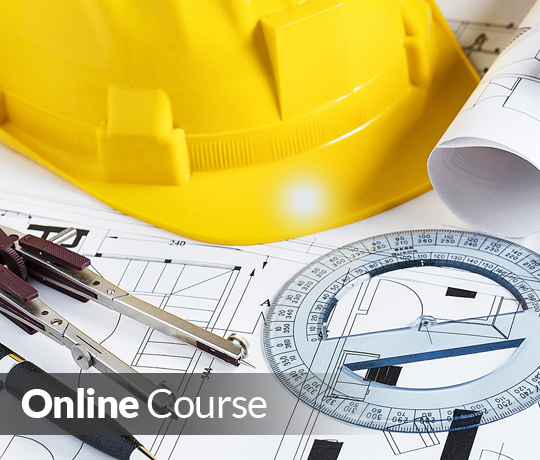Online Course
Stay up to date on the latest changes...

An Intro to Seepage, Slope and Settlement for Levees
- SKU : PG174
- OUR PRICE : $49.95
- CREDIT HOURS : 3
|
An Intro to Seepage, Slope and Settlement for Levees |
|
|||||||||||||||||||||||||
|
|
|
|||||||||||||||||||||||||
|
Course Description: |
|
|||||||||||||||||||||||||
|
This course will introduce you to methods for controlling seepage and settlement in the construction of levees, and to generally acceptable guidelines for levee slopes. Without control, underseepage in pervious foundations beneath levees may result in (a) excessive hydrostatic pressures beneath an impervious top stratum on the landside, (b) sand boils, and (c) piping beneath the levee itself. Underseepage problems are most acute where a pervious substratum underlies a levee and extends both landward and riverward of the levee and where a relatively thin top stratum exists on the landside of the levee. Principal seepage control measures for foundation underseepage are (a) cutoff trenches, (b) riverside impervious blankets, (c) landside seepage berms, (d) pervious toe trenches, and (e) pressure relief wells. |
|
|||||||||||||||||||||||||
|
Learning Objectives: |
|
|||||||||||||||||||||||||
|
Upon successful completion of this course, participants will be able to:
|
|
|||||||||||||||||||||||||
|
||||||||||||||||||||||||||







0 Comments